-
Welcome to 4Runners.com!
You are currently viewing as a guest! To get full-access, you need to register for a FREE account.
As a registered member, you’ll be able to:- Participate in all 4Runner discussion topics
- Transfer over your build thread from a different forum to this one
- Communicate privately with other 4Runner owners from around the world
- Post your own photos in our Members Gallery
- Access all special features of the site
5th Gen 4Runner Overland Build
Discussion in '5th Gen 4Runners (2010-2024)' started by strannik, Feb 4, 2024.
Page 1 of 2
Page 1 of 2

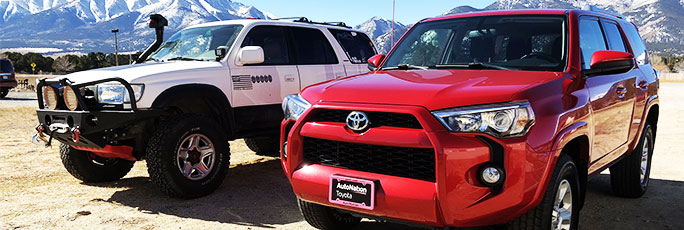
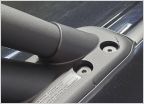 Cussing on Christmas Eve: cracked TRD Pro Roof Rack Plastic Bracket
Cussing on Christmas Eve: cracked TRD Pro Roof Rack Plastic Bracket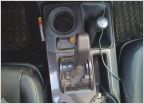 What has made my 5th gen gear shifter super squeaky?
What has made my 5th gen gear shifter super squeaky?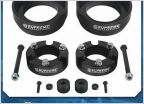 2014 Limited- Wheel Swap
2014 Limited- Wheel Swap Key Fob
Key Fob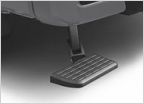 Any bed step like options for the 5th gen?
Any bed step like options for the 5th gen? Rear Camera Relocate Question
Rear Camera Relocate Question
















































































